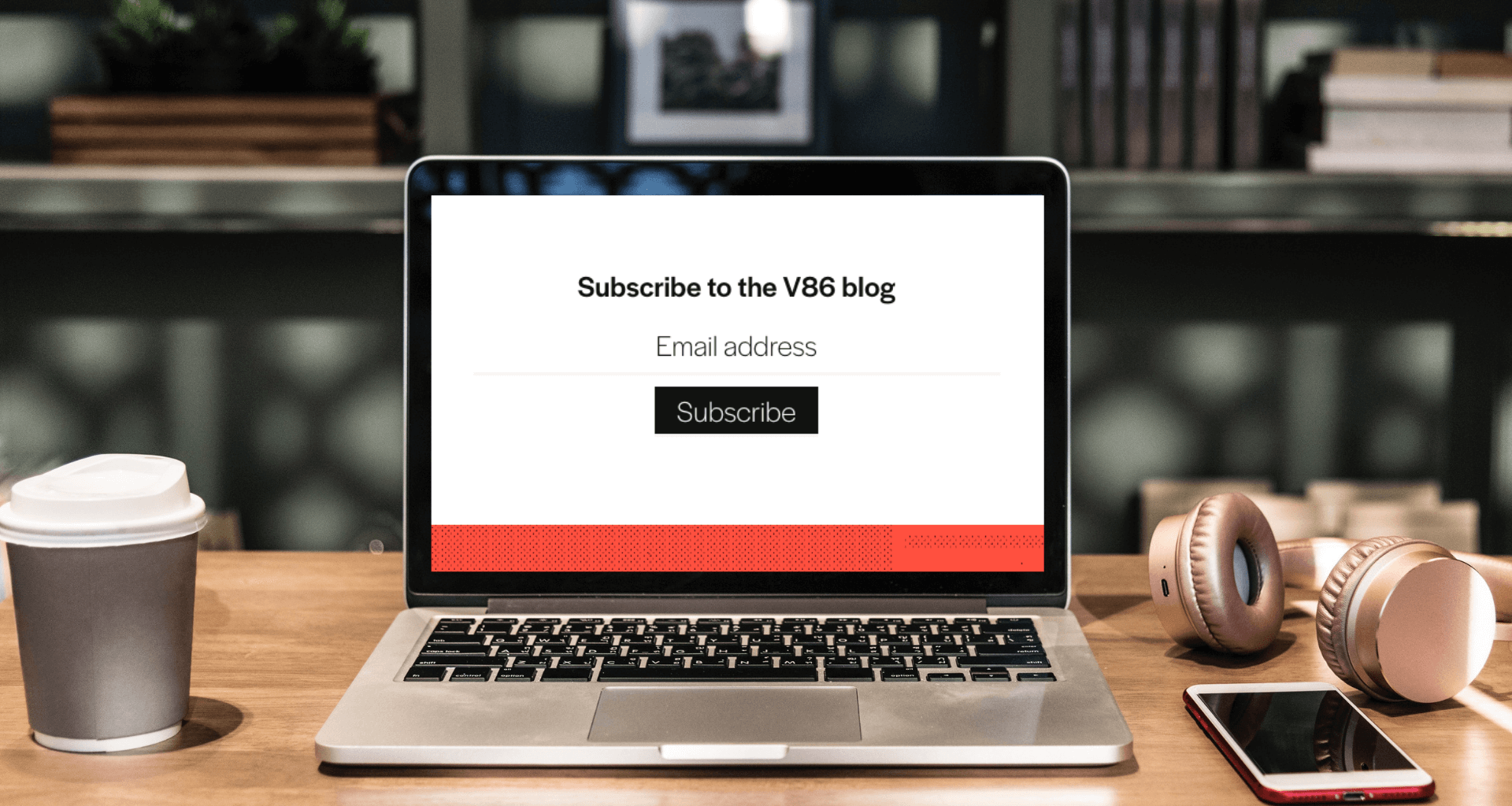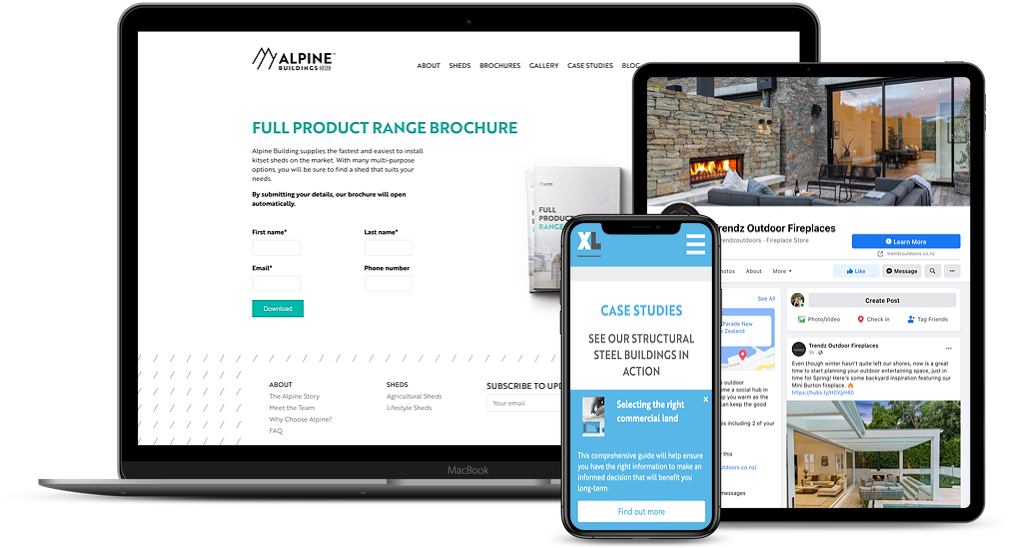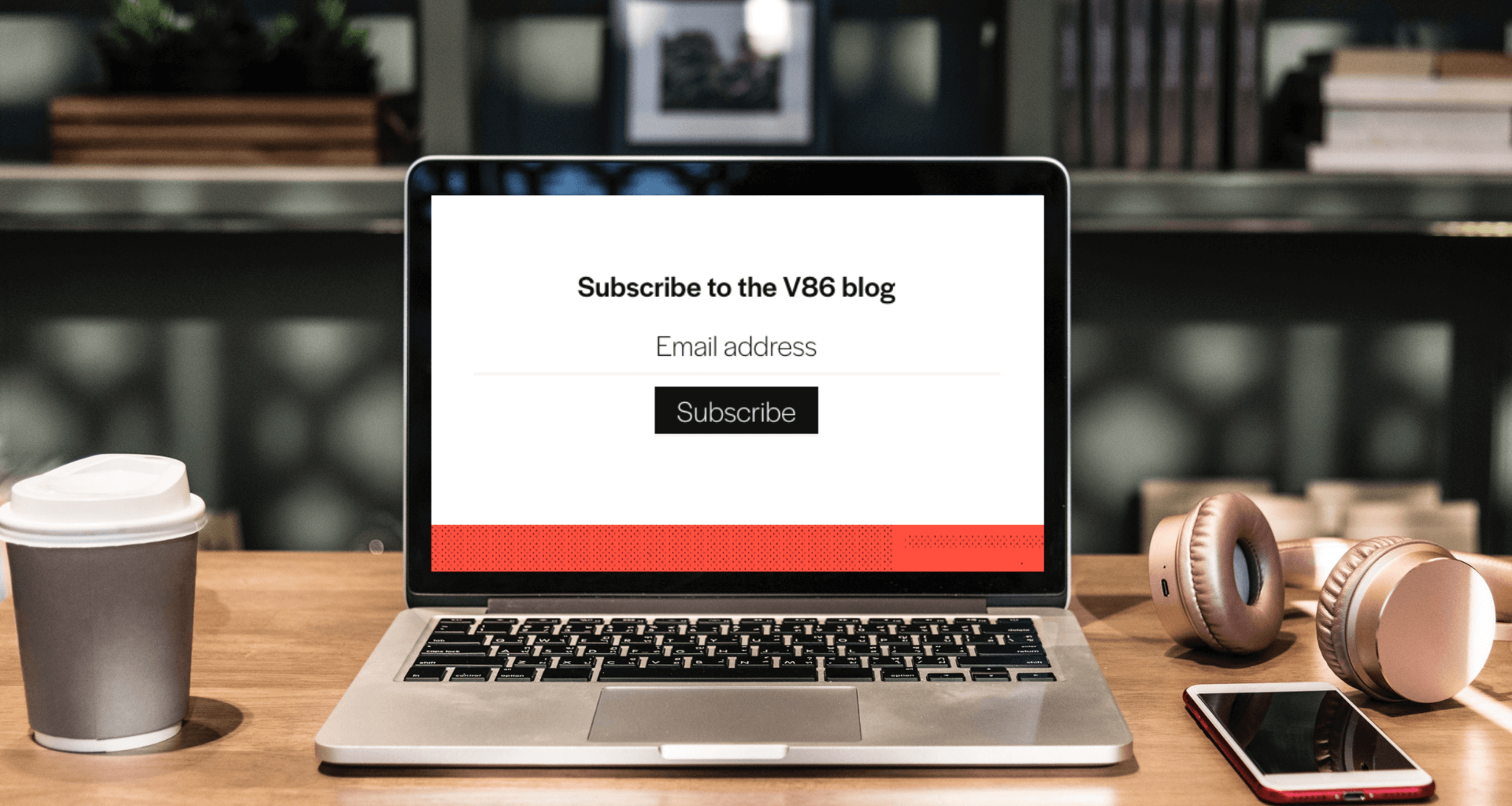How to build an email marketing list

Email marketing is regarded as one of the most effective marketing tools with the ability to drive an unmatched amount of conversions and the highest ROI (return on investment) of all of the marketing tools. Yet, it’s not as easy as blasting out an email to anyone and everyone. Email marketing can’t be utilised in your marketing mix unless you have collected an email marketing list. But what’s that, and how do you get one?
An email marketing list is simply a list of email addresses you have collected specifically for marketing purposes. The addresses you’ve collected must have opted-in to receive marketing emails otherwise you could face legal ramifications, but more on that later.
Even the healthiest of email marketing lists tend to thin out as time goes on. For example, the average email marketing database loses 22.5% of its contacts every year. This can be from people abandoning email addresses, through bounces, and also from contacts unsubscribing from lists. That’s why continuously building your email marketing list should be a priority. However, when we say this we mean building your list in a legitimate way. While temptations to purchase lists arise, it’s important to understand that such lists will not receive your emails as well as an organic and earned emailing list. You may also end up in more people’s spam folders and could even be blacklisted by major email service providers as a result of sending emails to bought lists. For this reason, we’re going to walk you through email list traps to avoid, and the issues that come with falling into such traps, as well as how to build an email marketing list effectively and ethically.
Traps to avoid

A quick fix almost never yields satisfactory and sustainable results. The same applies to building an email marketing list. While buying a list, or harvesting them using questionable methods, may seem like the easy route to take, there are definite dangers that come with these options.
Do you enjoy receiving unsolicited spam emails? Well, when you buy a list and send out a marketing email to a bunch of people who aren’t expecting it, and who aren’t familiar with your brand, it will likely come across as spam. This won’t be received well as it’s not exactly a good foundation for building a relationship with people. Often, email addresses sold in lists are obtained by automated web crawlers that look through thousands of websites to collect contact information. When you email these contacts who don’t know you, it’s highly unlikely you’ll get the reaction you’re looking for. Even if you’re buying a targeted list of people in your industry your brand is likely to suffer by giving off a bad first impression.
Also purchased lists are rarely reliable, meaning you can expect your deliverability to plummet. These lists are full of inaccuracies such as incorrect/outdated information and bad data which cause email recipients to instantly lose trust in your email. For example, if the list misspells a contact’s first name, or gets their company wrong, it will be clear you’re sending out mass emails and don’t know who you're reaching. Purchased email lists can be a great way to lose money and waste time on poor-quality contacts as well as contacts that don’t exist
There’s also a high chance that you’re breaching your email service provider’s (ESP) terms of service with a purchased list. All reputable providers will ensure that you agree to not send spam and that you won’t use purchased, rented, or third-party email lists.
Each of these traps comes with legal implications that could get your business into quite a bit of trouble.
NZ data collection and information sharing laws

The repercussions of purchasing email lists are often more than simply lower deliverability and an unreceptive audience; there are legal troubles you can get yourself into. Data collection laws in NZ make it clear that businesses must report any data breaching that has caused, or is likely to cause, serious harm to those whose data has been breached. It also declares that any data travelling to another country must be protected by safeguards comparable to NZ’s privacy laws. You may be in the unenviable situation of informing a bought list that you’ve had a data breach, data they never gave you permission to collect in the first place. As for the anti-spam laws in NZ, they blatantly state that businesses must not send spam mail, otherwise they face a fine of up to $500,000. The law defines spam as any electronic messages that are commercial in nature and the recipient did not opt to receive them. Ultimately, your business has a responsibility when it comes to sharing information on data breaches, a requirement to protect the data it does collect on people, and a legal obligation to not send spam mail.
This is exactly why it’s more ethical, effective, and affordable to build an email marketing list yourself.
Methods to build an email marketing list

From content offers to social media, there are various simple ways to start growing an email marketing list with people that are engaged and who want to hear from your business. In this next section, we’ll outline some activities you can implement to gather people’s details ethically and effectively.
Content offers
Good quality content, like brochures and catalogues, is a great way to entice people to provide their email addresses to you. Content offers generally work by:
- Publishing a blog post that features a more in-depth piece of content, i.e a ‘how to’ guide.
- To access this content the reader would be required to fill in a form and provide a few details. This is what we call gated content.
- One piece of information that the reader provides will be their email address. Once submitted, they’re now eligible to receive email communications.
Pop-up or slide-in forms
Ever visited a website and a form appears not long after, asking if you’d like to subscribe to their newsletter or blog? Chances are you have!
A key way to make these less obtrusive is to use onsite retargeting. Instead of providing a subscription form to everyone that visits your site, you could choose to only display the form to those that spend a certain amount of time on your site, for example. Or you can offer more targeted calls to action based on the page they’re on. If someone’s on your pricing page a pop-up inviting them to a live demo may be valuable. Just don’t use too many as pop-ups can be annoying.
Homepage opt-in
Unless website visitors know the specific page they want to go to on your site, most of the time they will land on your homepage first. This is prime real estate to include important CTAs (Calls-To-Action) such as a link or form to subscribe to emails.
CTAs can be dynamic, with a first-time visitor seeing a link to download your range brochure and a returning visitor seeing a button for a free trial. Adapting your CTAs to best suit the visitor’s intent can massively increase conversion rates.
Social media
If you have a following on social media, why not leverage this to help build your email marketing list? People that follow you on social media are already interested in what you have to offer so it’s likely that they would opt to receive communications from you, such as a newsletter.
If you have a Facebook page there’s also the option to add a ‘Sign up’ button. This will link back to your site so it’s a great opportunity to get some extra subscribers.
Incentives
Offering email-exclusive deals such as sales and discount codes will encourage people to sign up for emails as they will want access to these offers. Some retail businesses even offer a discount as soon as people sign up for emails.
Add a link to your ‘About us’ page
When visiting a website for the first time, often people will end up on the ‘About us’ page to find out more about the business. What better place to include a link to your email subscription?
Highlight that, by signing up for your emails, visitors will be told about the latest offers, updates, and promotions, as well as the chance to find out even more about your business.
Event sign-up pages
Creating a special landing page with a form specific to events can help you harness the power of an in-person presence by converting that to digital leads. An iPad or tablet on a stand with a form enables people to submit their details at an event to receive something in return. You might be committing to sending them event-exclusive offers, entering a prize draw, or sending them a digital copy of your brochure.
QR Code warranty activation
If you want end-user contact information then using a warranty activation form can be the perfect tool for the job. Add a QR code to the product either as a sticker or in supporting printed material to make it easy for them to activate their warranty.
Email signature
If you send lots of one-to-one emails to customers, adding a link to subscribe may be another handy way to build your marketing list. This option is also less confronting than something like social media posts asking people to subscribe.
Encourage other members of your team to include the subscription link in their email signatures as well – the more people that include the subscription link, the more chances you have of gaining new subscribers.
That’s it - how to effectively and ethically build an email marketing list! The above methods take little effort for maximum results, plus they won’t get you into any legal trouble (unlike purchasing an email marketing list). Now you know how to avoid email list traps and legal consequences, as well as some practical ways to gather people’s contact details and your obligations to protect this information.
With the building of your contact list underway, you’ll need to know how to successfully use email marketing. Download our comprehensive guide and get the most out of your email marketing by clicking on the button below.
Download your free guide to Smarter SEO
Good SEO can mean the difference between your business being found, or you being lost in the growing mass of online resources. This guide is designed to help you rise above your competition.
Download now





